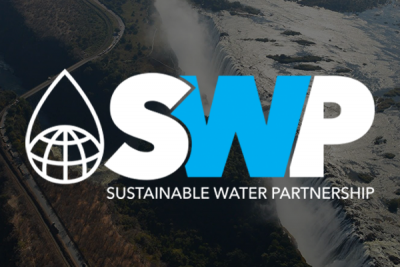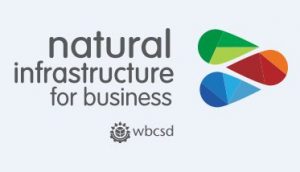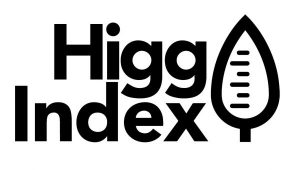Primary Functions
- Review the various types of tools used for water resources assessment and planning efforts
- Summarize the appropriate use of these tools within a decision-making framework
Detailed Description
This supporting paper presents local decision-makers and practitioners with various tools that can be used within the context of a Water Security Improvement (WSI) process. The goal of the paper is to review the various types of tools that are used for water resources assessment and planning efforts and to summarize the appropriate usage of these tools within a decision-making framework. It begins by defining what we mean by “tools and then presenting general categories that are used in water planning efforts. A brief discussion of the time scale of water planning is presented to highlight how the urgency of decision-making influences the degree to which stakeholders may or may not be involved. The paper then walks through the steps of the WSI process and explains how various tools may be applied within this context. It concludes with an annex that provides illustrative examples of different tools used in water planning.
Why and how are tools useful in the context of water security?
Analytical tools have a long history of informing decision-making processes around water. In general, analytical tools transform available data into outputs that assist in understanding how various factors influence water security. For example, at the most basic level, spreadsheet tools are commonly used to perform statistical analyses of historical records (e.g. precipitation, flood frequency, population growth, etc.) and to visualize these in a way that highlight trends or patterns within these data. Mapping software also provides very powerful means for communicating to decision-makers the extent of and/or changes over time in various water-related factors (e.g. drought persistence, land use changes, precipitation trends, etc.). To better understand the dynamic nature of water and humanity’s relationship to it, many simulation tools are used to represent natural processes (e.g. rainfall runoff, crop growth, sediment transport, flood propagation, etc.) and human interactions with water (e.g. water deliveries to urban, agricultural and industrial users; pollution generation and transport; water storage in reservoirs; levee construction for flood protection, etc.) in a way that allows us to explore the impact of proposed policies and/or interventions on water security. Depending upon the nature of the water security issues that are being addressed any number of analytical tools may be used to help in our understanding of the issues and in the effectiveness of strategies meant to address them.





